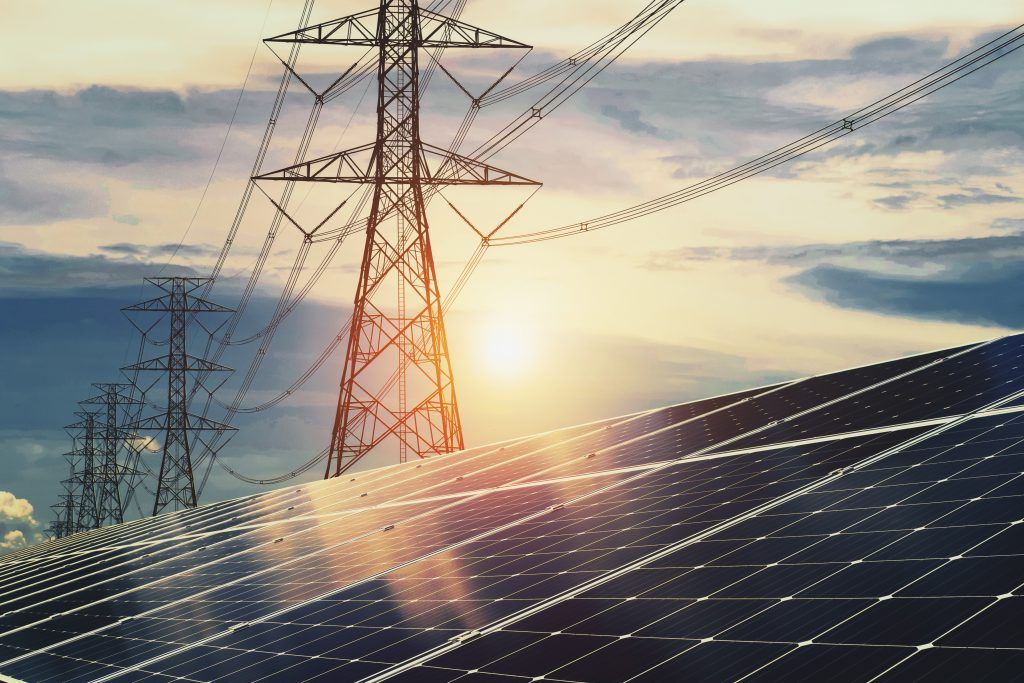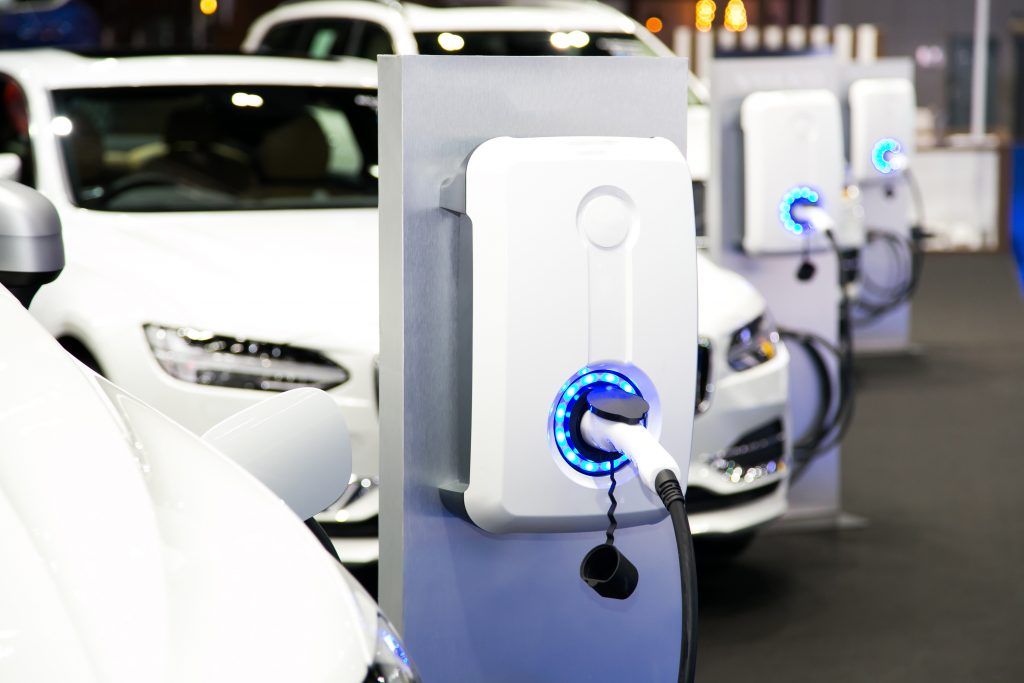The National Energy System Operator (NESO) has published its 2025 Summer Outlook, setting out its operational expectations on Great Britain’s national electricity transmission network.
As with previous summers, NESO expects there to be sufficient electricity supply to meet demand and operational reserve requirements across the summer.
NESO said it was confident that it has the right tools in place to operate the network over the summer months. There is potential that NESO may need to use these operational tools such as Negative Reserve Active Power Margin (NRAPM) notices to inform the wider energy market of periods where greater flexibility will be required to balance the electricity network, it said.
Growth in renewable generation, particularly solar will likely see a reduction in the electricity transferred across the national electricity transmission network, NESO added.
Already this year multiple records for maximum solar generation have been set in March and April, with the record currently standing at 12.68GW, greater than Britain’s total import capability across the European interconnectors.
Internationally the growth in renewable generation coupled with healthy availability from conventional power stations is expected to drive the direction of interconnector flows across cables between Britain and mainland Europe, with Britain largely importing cheaper surplus electricity from its European neighbours across the Summer.
This year there is potential that Great Britain’s national electricity transmission network will need to operate at its lowest level ever, at below 13.4GW. The current record for low demand was set back in June 2020 as a result of COVID-19 Pandemic lockdowns, which suppressed electricity demand below normal summer minimum levels.
Operating at low demands requires careful balancing by NESO’s expert control room engineers, to ensure that supply does not outstrip demand, whilst also ensuring that the national electricity network receives a minimum continual flow of electricity to maintain its optimal operation.
Since 2019 NESO has been working to deliver its 2025 ambition to be able to operate the electricity network using zero carbon generation when the market allows. Through this work NESO has a greater ability now than in previous years to operate the national network at new record low demand levels.
Through innovative pathfinder projects, NESO has worked with new providers to recreate the inertia, frequency control and other stability services it requires, to keep the national network working optimally. These stability services have traditionally been provided by large nuclear and fossil fuel power stations as a by-product of electricity production.
These new stability service providers will allow NESO to operate at much lower demands by enabling greater flexibility in the generation technologies it uses. NESO will no longer have to stack larger power stations in order to secure stability services but will instead be able to use a greater range of smaller generation assets like battery storage, solar, hydro and wind to more flexibly keep the network in balance at all times.
Dr Deborah Petterson, Director of Resilience and Emergency Management, NESO
“One of the great engineering challenges of decarbonisation is managing our system when there is lower demand coinciding with higher levels of generation from renewable sources.
So, to deliver our 2025 zero carbon ambition we have made great progress re-engineering how we operate the national electricity network. These innovations will not only further increase the resilience of Great Britain’s national electricity network but will also deliver economic benefits in balancing the system by improving the flexibility and competitiveness of running the electricity network at low demand.”
Image from Shutterstock








